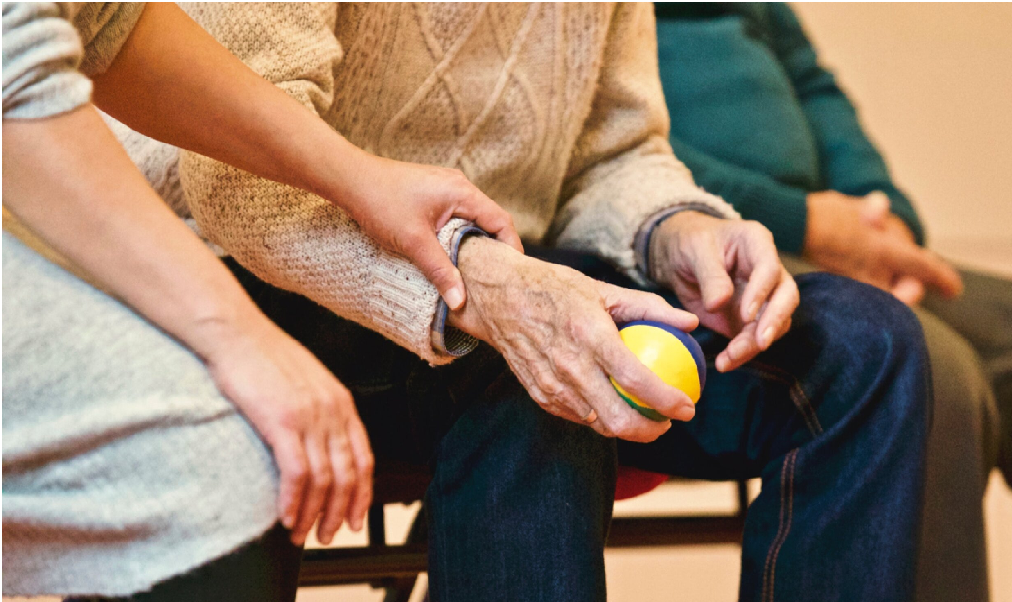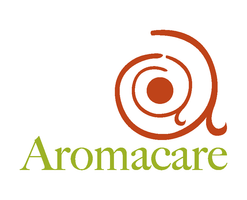
Aromatherapy, the practice of using essential oils for therapeutic purposes, has gained recognition for its ability to promote relaxation and emotional well-being. When combined with physical therapy, it offers a holistic approach to rehabilitation that can be particularly beneficial for disabled patients. In this article, we will explore how integrating aromatherapy into physical therapy sessions can enhance the well-being and recovery of individuals with disabilities.
The Synergy of Aromatherapy and Physical Therapy
Physical therapy is a crucial part of the rehabilitation process for individuals with disabilities. It focuses on improving mobility, reducing pain, and enhancing overall functionality. Aromatherapy, on the other hand, harnesses the healing properties of essential oils to promote relaxation and emotional well-being. The combination of these two approaches creates a holistic approach to rehabilitation:
Pain Management: Chronic pain is a common challenge for individuals with disabilities. Aromatherapy can provide natural pain relief during physical therapy sessions using oils such as lavender, eucalyptus, or peppermint.
Relaxation and Stress Reduction: Disabled patients often experience heightened levels of stress and anxiety. Aromatherapy can alleviate stress and create a calm environment for therapy sessions.
Enhanced Range of Motion: Essential oils like ginger and frankincense have anti-inflammatory properties, which can reduce inflammation and improve mobility, making exercises more comfortable.
Mood Enhancement: Aromatherapy can positively impact emotional well-being. Scents like citrus and lavender can uplift mood and promote a more optimistic mindset during therapy.
Implementing Aromatherapy in Physical Therapy
Integrating aromatherapy into physical therapy sessions for disabled patients requires careful planning and execution.
Here are practical steps for a successful implementation:
Essential Oil Selection: Choose essential oils that cater to the patient's specific needs and sensitivities. A variety of essential oil blends suitable for various purposes are available.
Personalisation: Tailor the aromatherapy experience to each patient, considering their preferences and allergies to ensure a safe and enjoyable experience.
Diffusion Methods: Employ diffusers to disperse essential oil aromas within the therapy room, creating a soothing and relaxing environment for patients.
Application Methods: Essential oils can be applied topically, through massage, or in the form of compresses, depending on the patient's comfort level and therapy goals.
Patient Education: Educate patients about the benefits of aromatherapy and encourage their active involvement in the process. Understanding the positive impact of aromatherapy can enhance the therapy experience.
The Positive Impact of Aromatherapy
Integrating aromatherapy into physical therapy sessions for disabled patients offers a promising avenue for enhancing their rehabilitation experience. The calming and mood-enhancing properties of aromatherapy can reduce stress, anxiety, and fear associated with therapy sessions. It can also facilitate better pain management, making exercises and rehabilitation routines more tolerable. Furthermore, the uplifting scents can create a more optimistic and motivated mindset, which is crucial for progress in physical therapy.
Conclusion
The combination of aromatherapy and physical therapy offers a holistic approach to rehabilitation that can significantly benefit individuals with disabilities. By merging the expertise of physical therapists with the healing power of essential oils, disabled patients can embark on a path to recovery that is more comfortable, effective, and conducive to their overall well-being. The synergy between traditional healthcare practices and holistic approaches represents a comprehensive and personalised approach to wellness. Integrating aromatherapy into physical therapy is a promising way to enhance the lives of disabled individuals on their journey to better health and quality of life.
If you're a physical therapist or healthcare practitioner interested in exploring the benefits of integrating aromatherapy into your therapy sessions, contact us.
